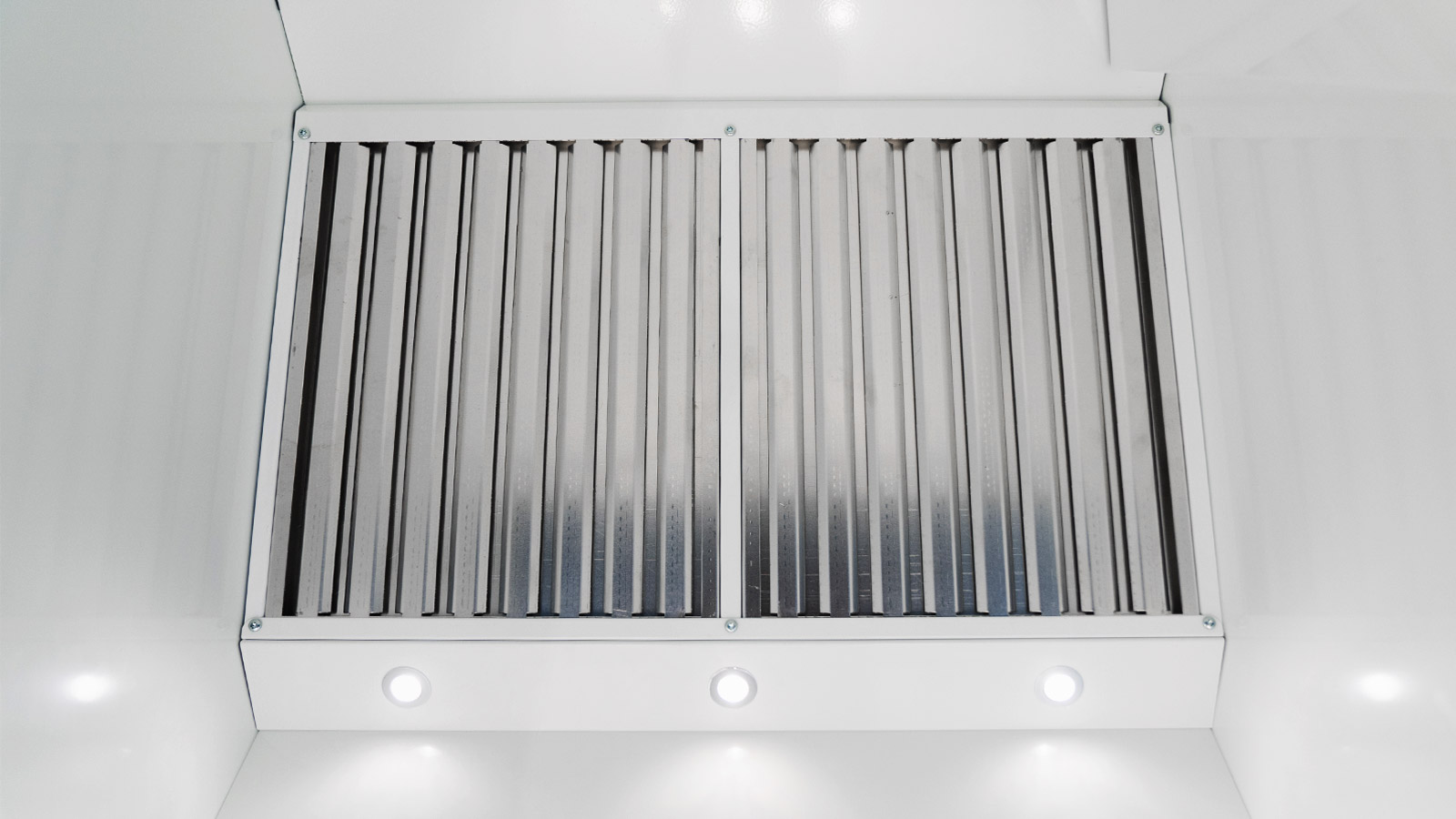Efficient Kitchen Ventilation with Energy Recovery
A collaboration between KTH and Tovenco for more efficient ventilation in apartments through coordinated flow in the exhaust air ventilation and a developed kitchen hood that increases energy recovery.

Background
In Sweden, housing accounts for about 40% of total energy use. A large part of the housing's energy is used for heating and ventilation. Studies show that there are still great opportunities to save energy in buildings while increasing health and comfort. When inspecting air quality in apartments, air quality defects are frequently found due to insufficient ventilation.
Project description
The project aims to test and develop more energy-efficient and environment-friendly ventilation of buildings. This is done through a coordinated outflow to the exhaust air system through a new type of kitchen / cooker hood that provides more efficient energy recovery and reduces odors by means of a cyclone filter and a customized rotary heat exchanger.
The great potential of the project lies in the fact that by validating the effect of existing technologies in a real-life environment in KTH Live-In Lab, it can present technical solutions, assembly instructions and financial evaluations linked to both construction and operation, which can be used to enhance energy performance and improve the indoor environment in different types of buildings and operations.
Implementation
Based on existing ventilation systems, an increased air flow is installed and tested using a developed kitchen / cooker hood in selected apartments at KTH Live in Lab. The project is monitored continuously through various checks of measurements and weighings.
